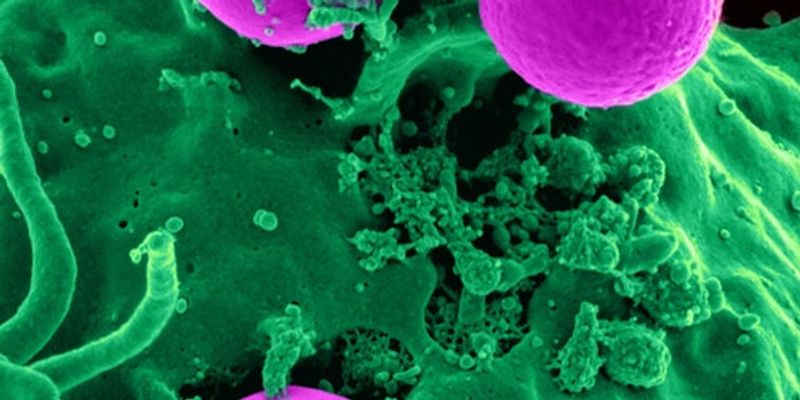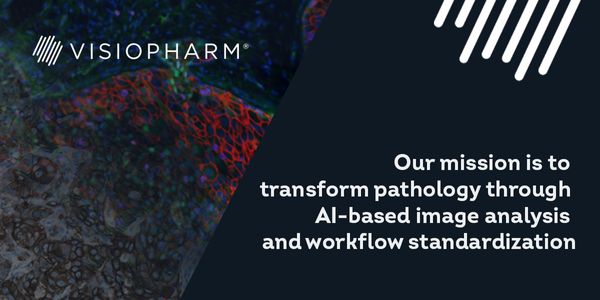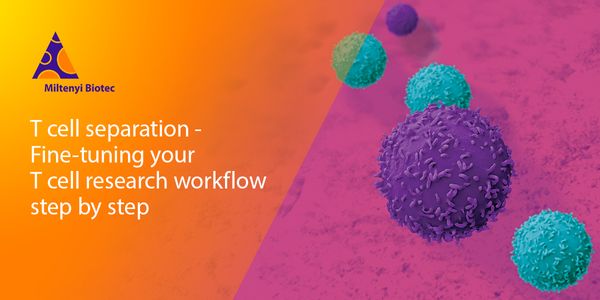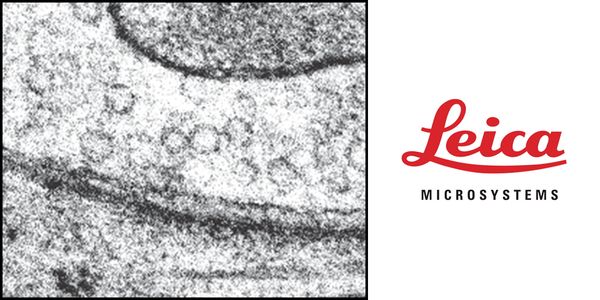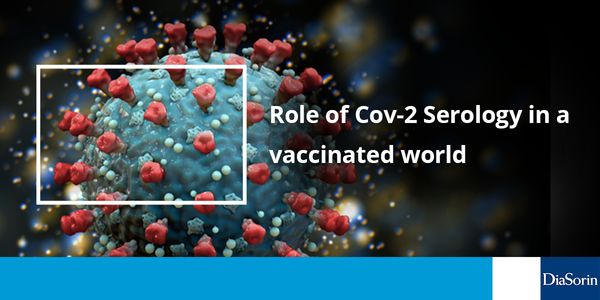Cell
Cell: is the smallest structural and functional unit of an organism, typically microscopic and consisting of cytoplasm and a nucleus enclosed in a membrane. Microscopic organisms typically consist of a single cell, which is either eukaryotic or prokaryotic.
-
Biopharmaceuticals produced with mammalian cells are the key drivers for the medication of former untreatable diseases. The development of their production processes is still challenging bec...
In the last decades, the upstream processing in biopharma industry has been revolutionized regarding the production of bioactive materials such as monoclonal antibodies, proteins and biother...
APR 05, 2022 | 10:00 AM
Date: April 05, 2022 Time: 10:00am (PDT), 1:00pm (EDT), 7:00pm (CET) Machine learning (ML) offers many benefits to researchers using a wide range of microscopy techniques. Easier workflows,...
APR 05, 2022 | 9:00 AM
Date: April 5, 2022 Time: 9:00am (PDT), 12:00pm (EDT), 6:00pm (CEST) Enteroviruses are non-enveloped positive-sense RNA viruses that cause diverse diseases...
Speaker:
Selma Dahmane
, Kristian Wadel
Presented at: Thermo Fisher Scientific - Electron Microscopy Webinars
Sponsored By: Thermo Fisher Scientific - Electron Microscopy
Sponsored By: Thermo Fisher Scientific - Electron Microscopy
MAR 31, 2022 | 11:00 AM
Date: March 31, 2022 Time: 11:00am (PDT), 2:00pm (EDT), 8:00pm (CET) Formalin-fixed paraffin-embedded (FFPE) tissues are the most widely used clinical sample types in histology and molecular...
MAR 31, 2022 | 6:00 AM
Date: March 31, 2022 Time: 6:00am (PDT), 9:00am (EDT), 3:00pm (CEST) The CytoFLEX SRT Is a compact cell sorter capable of handling the variety...
MAR 30, 2022 | 8:00 AM
Date: March 30, 2022 Time: 8:00am (PDT), 11:00am (EDT), 5:00pm (CEDT) Learn how to make the switch: Join us to discover the benefits of Chemically Defined Media conditions over serum-free an...
MAR 24, 2022 | 10:00 AM
Date: March 24, 2022 Time: 10:00am (PDT), 1:00pm (EDT), 7:00pm (CET) Easy-to-use AI-based deep learning is now integrated as the standard analysis methodology in our best-in-class analysis s...
MAR 24, 2022 | 8:00 AM
Date: March 24, 2021 Time: 08:00am (PDT), 11:00pm (EDT) Simply enough, we want to treat our cells well. Afterall, we want them to tell us their stories in basic research or work for us in th...
Like any other agricultural crop, pesticides are applied to hemp plants to protect it from pests and improve growth yield. Chronic exposure to pesticides can lead to serious health risks and...
The agricultural sector has been through significant changes since the 2018 Farm Bill was enacted. Hemp production was legalized at the federal level in the United States. Hemp production an...
MAR 22, 2022 | 7:00 AM
Date: March 22, 2022 Time: 7:00am (PDT), 10:00am (EDT), 4:00pm (CEST) DNA replication happens at the very early stage of cell development, at such early stages of development...
MAR 15, 2022 | 8:00 AM
Date: March 15, 2022 Time: 8:00am (PDT), 11:00am (EDT), 5:00pm (CEDT) Centrifuges are pillars of most biology applications. As cell therapy manufacturing studies have been picking up pace, t...
Alzheimer’s and Parkinson’s diseases (AD, PD) are the two most common neurodegenerative disorders. Despite their debilitating effects and increasing prevalence in our society, no...
Neuroscience is experiencing an exciting era of integrating novel materials and tools to record neural activity made possible through significant advances in materials science, electrical en...
Neuropore Therapies is discovering and developing novel small molecule disease-modifying therapeutics to treat patients with neurodegenerative diseases, including Parkinson’s disease a...
Speaker:
Diana L. Price, PhD
NanoString has started an ambitious project called the "Spatial Organ Atlas." The goal of this initiative is to map the architecture of tissues with spatially resolved whole transc...
Speaker:
Alison VanSchoiack, PhD
